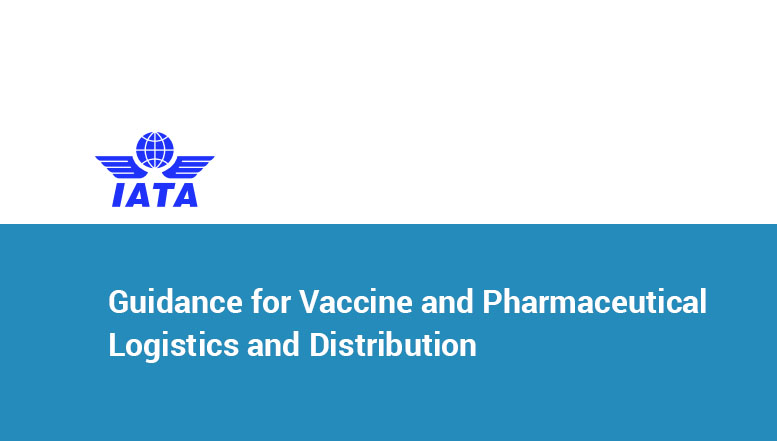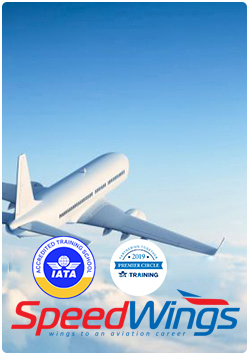
Guidance for Vaccine and Pharmaceutical Logistics and Distribution
- By --
- November 17, 2020 --
- 0 Comments
Guidance for Vaccine and Pharmaceutical Logistics and Distribution
Set of considerations and awareness on large scale handling, transport and distribution of vaccines, pharmaceutical, life science and medical products.
Edition 1 – 16 November 2020
Executive Summary Today’s airfreight logistics capacity is designed to meet planned programs of vaccination distributions in designated countries. In order to now upscale to the capacity required to address global distribution of COVID19 vaccines adapting infrastructure, processes and resources will be critical to respond effectively to the huge global logistical challenges. Governments, supply chain partners, humanitarian organizations and pharmaceutical manufacturers must collaboratively prepare themselves for a widespread global coordinated response to distribute vaccines to where they are needed in a timely, safe and secure manner.
IATA is collaborating with several leading authorities and organizations and global humanitarian agencies, such as ICAO, UNICEF, WFP, WHO, IFPMA, PAHO, WCO, WTO, FIATA, the UK Civil Aviation Authority – Aviation Security and the World Bank, who have unique expertise in different aspects of planned vaccination distribution programs and in regional, national and pan region community humanitarian response.
This document is about planning, preparing and looking at the global considerations as well as draw upon the lessons learned during the crisis, set a precedent for the future and identify how the existing procedures can be efficiently adapted to ensure the fast and safe movement of products using a risk-based approach. This document will be subject to regular review and revision as additional information and best practices are made available by the various stakeholders.
IATA’s Guidance for Vaccine and Pharmaceutical Logistics and Distribution includes chapters on:
- The Constraints and Risks stakeholders need to pre-empt and overcome in order to deliver vaccines where they are needed with no wastage or loss.
- The Role of NGO’s in the vaccine distribution and procurement process. While NGO’s share the common objective of ensuring that countries have safe, fast and equitable access to the vaccine when available, the role of each organization varies.
- Industry Preparedness for vaccine distribution which includes information that governments and stakeholders need to consider:
- Capacity & Connectivity: The global route network has been reduced dramatically from the preCOVID 24,000 city pairs. Governments need to re-establish air connectivity to ensure adequate capacity is available for vaccine distribution.
- Facilities and infrastructure: Vaccine needs to be shipped and stored in temperature-controlled environment. Some types of refrigerants are classified as a dangerous goods. Considerations include availability of infrastructure, facilities and equipment and trained staff to handle time- and temperature-sensitive vaccines.
- Border Management: Timely regulatory approvals and storage and clearance by customs and health authorities will be essential. Priorities for border processes include introducing fast-track procedures for overflight and landing permits for operations carrying the COVID-19 vaccine and considering tariff relief to facilitate the movement of the vaccine.
- Security: Vaccines are highly valuable commodities. Arrangements must be in place to ensure that shipments remain secure from tampering and theft. Processes are in place already, but the huge volume of vaccine shipments will need early planning to ensure that they are scalable.
The guidance also includes a repository of international standards and guidelines related to the transport of vaccines.







LEAVE A COMMENT
You must be logged in to post a comment.